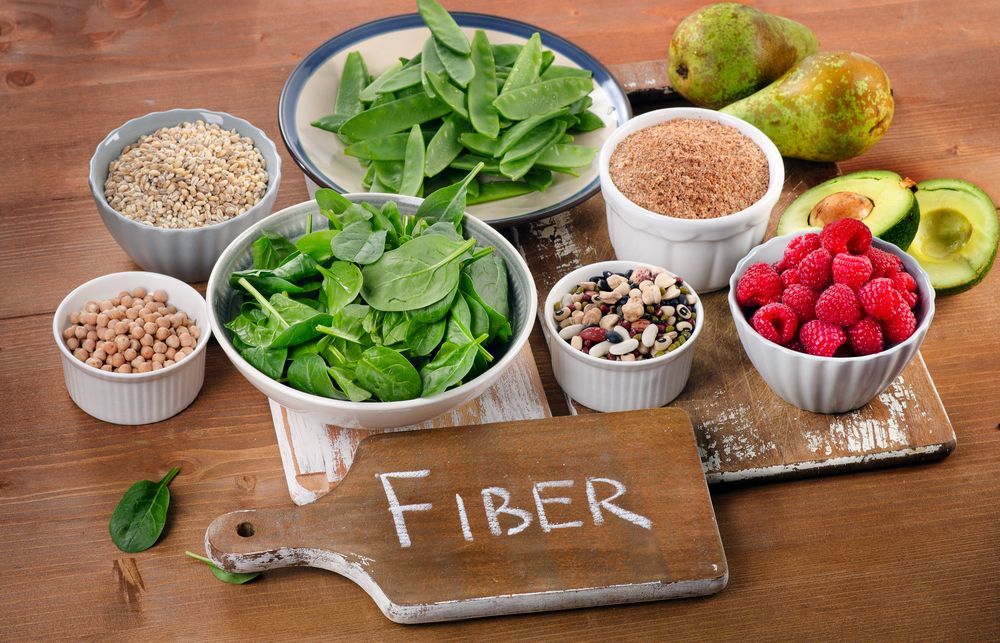Fiber is a crucial nutrient for maintaining good health, yet research indicates that many people in the United States are not consuming enough of it. This deficiency in fiber intake has become a significant public health concern. Studies suggest a correlation between fiber consumption and overall mortality risk. To meet the recommended dietary guidelines, women should aim for 21-25 grams of fiber per day, while men should target 30-38 grams. Although these numbers might seem high, especially for those not accustomed to a fiber-rich diet, incorporating enjoyable and high-fiber foods into your meals can make it much easier to meet these dietary goals.
The Nutritional Advantages of Consuming Fiber
Before exploring various fiber sources, it's important to understand why this nutrient is essential. Amy Goodson, MS, RD, CSSD, LD, highlights that adequate fiber consumption can lead to several potential health benefits:
1) Digestive Wellness: Fiber comes in two forms: soluble and insoluble. Insoluble fiber increases stool bulk, aiding in regular bowel movements and preventing constipation. Soluble fiber, meanwhile, can manage diarrhea by absorbing surplus water.
2) Weight Management: Foods rich in fiber are often lower in calories and require more time to chew, which leads to a sense of fullness. This helps in controlling appetite and aids in weight management.
3) Blood Sugar Regulation: Soluble fiber is key in stabilizing blood sugar levels by decelerating sugar absorption. This is particularly beneficial for those with diabetes or at risk of developing it.
4) Cardiac Health: Consuming fiber is associated with a lower risk of heart disease. Soluble fiber aids in lowering cholesterol by binding to cholesterol particles and eliminating them from the body.
10 Healthiest Sources of Fiber
These foods are not only high in fiber but are also recognized for their overall nutritional value, making them healthy choices.
1) Broccoli

Fiber per 1 cup serving: 5.1 grams.
Manaker identifies broccoli as one of the top fiber sources, highlighting its health benefits.
She explains that broccoli contains both soluble and insoluble fiber, each playing a vital role in digestive health. Additionally, broccoli is rich in other nutrients that enhance overall health.
A single cup of broccoli offers approximately 133% of the daily value for vitamin C, a powerful antioxidant. Manaker emphasizes its role in boosting immunity and promoting skin health.
Furthermore, broccoli provides about 183% of the daily value for vitamin K, essential for bone health and normal blood clotting, as pointed out by Man.
2) Oats

Fiber per 1/2 cup serving: 4 grams.
Oats, much like other whole grains, are an excellent fiber source. Amy Goodson highlights that they are particularly rich in soluble fiber.
Goodson explains that the beta-glucans found in oats can help lower cholesterol levels, which is beneficial for heart health. Additionally, oats promote a feeling of fullness and provide a sustained energy source.
The advantages of eating oats extend beyond these aspects. Studies have associated oat consumption with a decreased risk of cardiovascular disease and inflammation, and oats also offer valuable antioxidants to the body.
3) Whole Grain Bread

Fiber per slice of whole grain bread: 3 grams
Contrary to popular belief, not all bread is nutritionally void. While refined carbohydrates like white bread lack substantial nutritional value, whole grain bread is a different story. It's not only a healthy source of fiber but also offers a range of health benefits.
Whole grain bread, as part of the broader category of "whole grains," is rich in essential nutrients. Manaker points out that whole grains contain fiber, protein, B vitamins, antioxidants, and trace minerals like iron, zinc, copper, and magnesium.
Manaker also notes that a diet rich in whole grains can reduce the risk of heart disease, type 2 diabetes, obesity, and certain cancers.
Therefore, there's no need to shy away from enjoying a sandwich for lunch or avocado toast for breakfast. For the added fiber and health benefits, opt for whole grain bread.
4) Blueberries
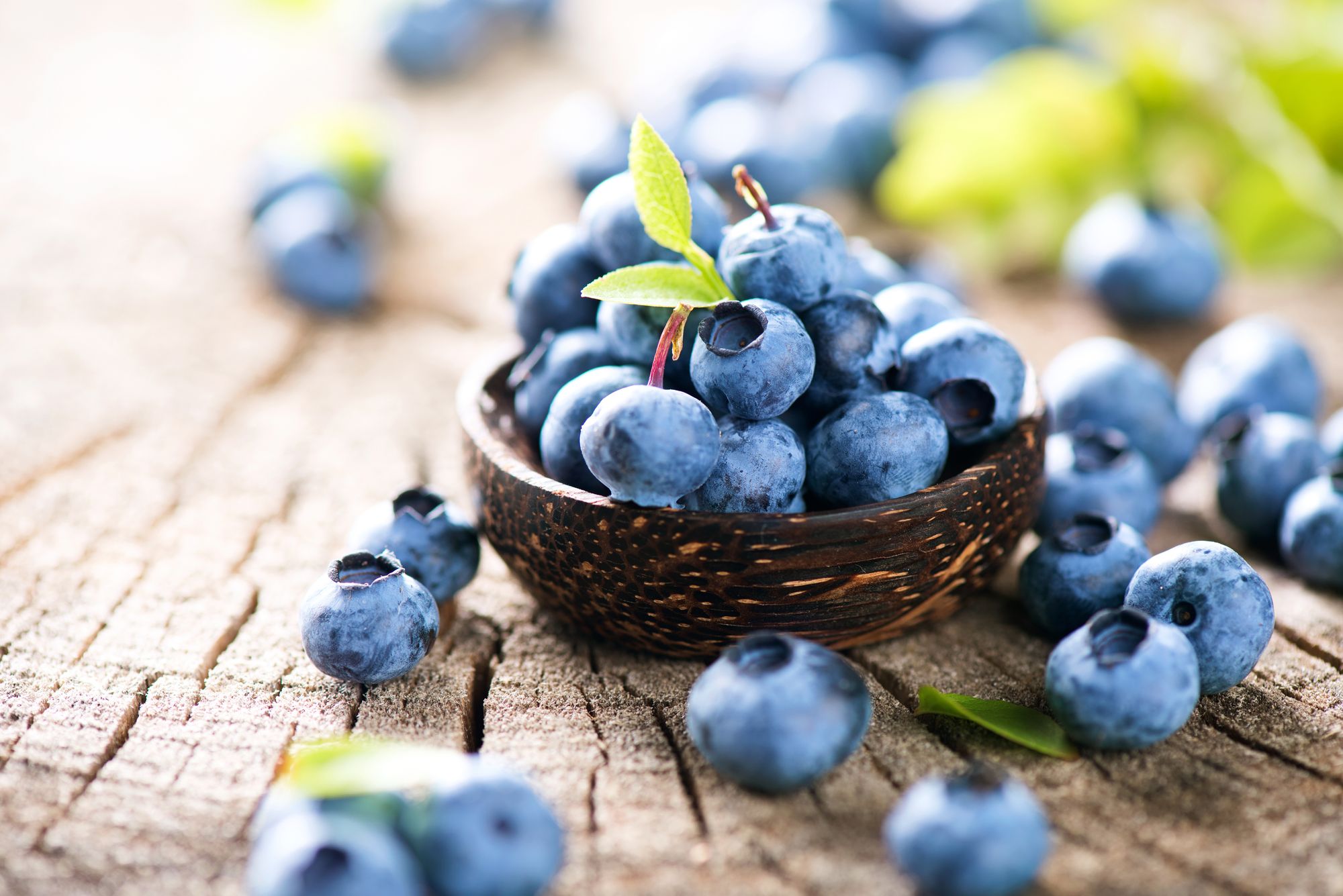
Fiber per 1 cup serving: 3.6 grams.
For a fiber-rich option with a sweet twist, try blueberries. Each cup of blueberries offers about 4 grams of fiber, making them both delicious and nutritious. Amy Goodson notes that the fiber in blueberries enhances digestive health and aids in blood sugar regulation.
In addition to their fiber content, blueberries are loaded with antioxidants, particularly anthocyanins. Goodson highlights that these compounds are known for their cognitive benefits and overall positive impact on well-being.
Studies also indicate that regular consumption of blueberry anthocyanins can support weight management and may reduce the risk of cardiovascular disease and type 2 diabetes.
5) Chia Seeds
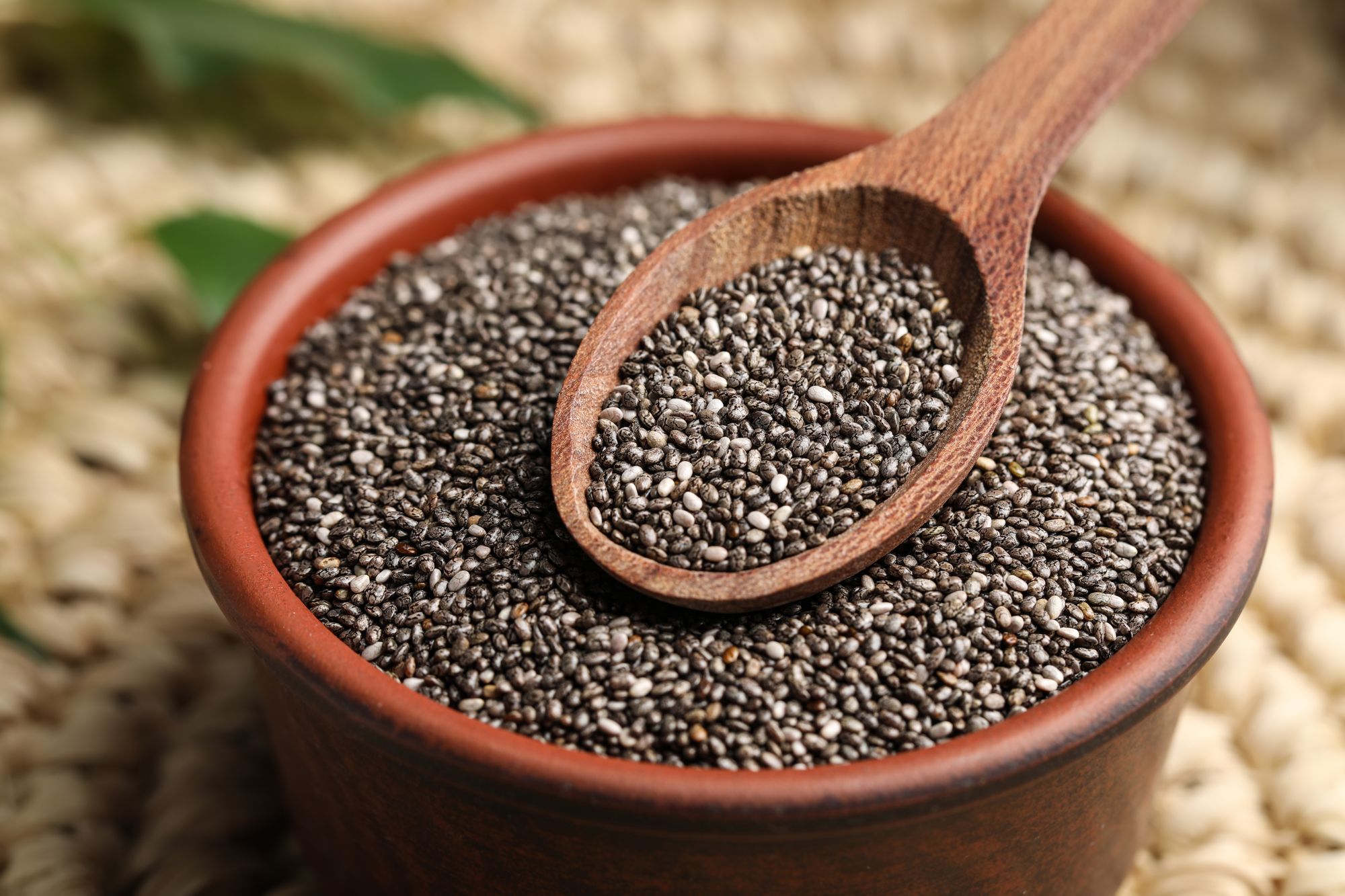
Fiber per 1-ounce serving (2 tbsp):9.6 grams.
For an effortless way to increase your soluble fiber intake, Amy Goodson suggests chia seeds.
Goodson explains that chia seeds' soluble fiber transforms into a gel-like substance when combined with water, which helps create a sense of fullness and aids digestion. Moreover, chia seeds are a source of omega-3 fatty acids, contributing to heart health.
You can easily incorporate chia seeds into various foods like water, yogurt, milk, and smoothies. However, Harvard Health recommends allowing the seeds to soak and soften in the liquid before consumption, as consuming them dry could potentially disrupt gut health and lead to discomfort or constipation.
6) Quinoa
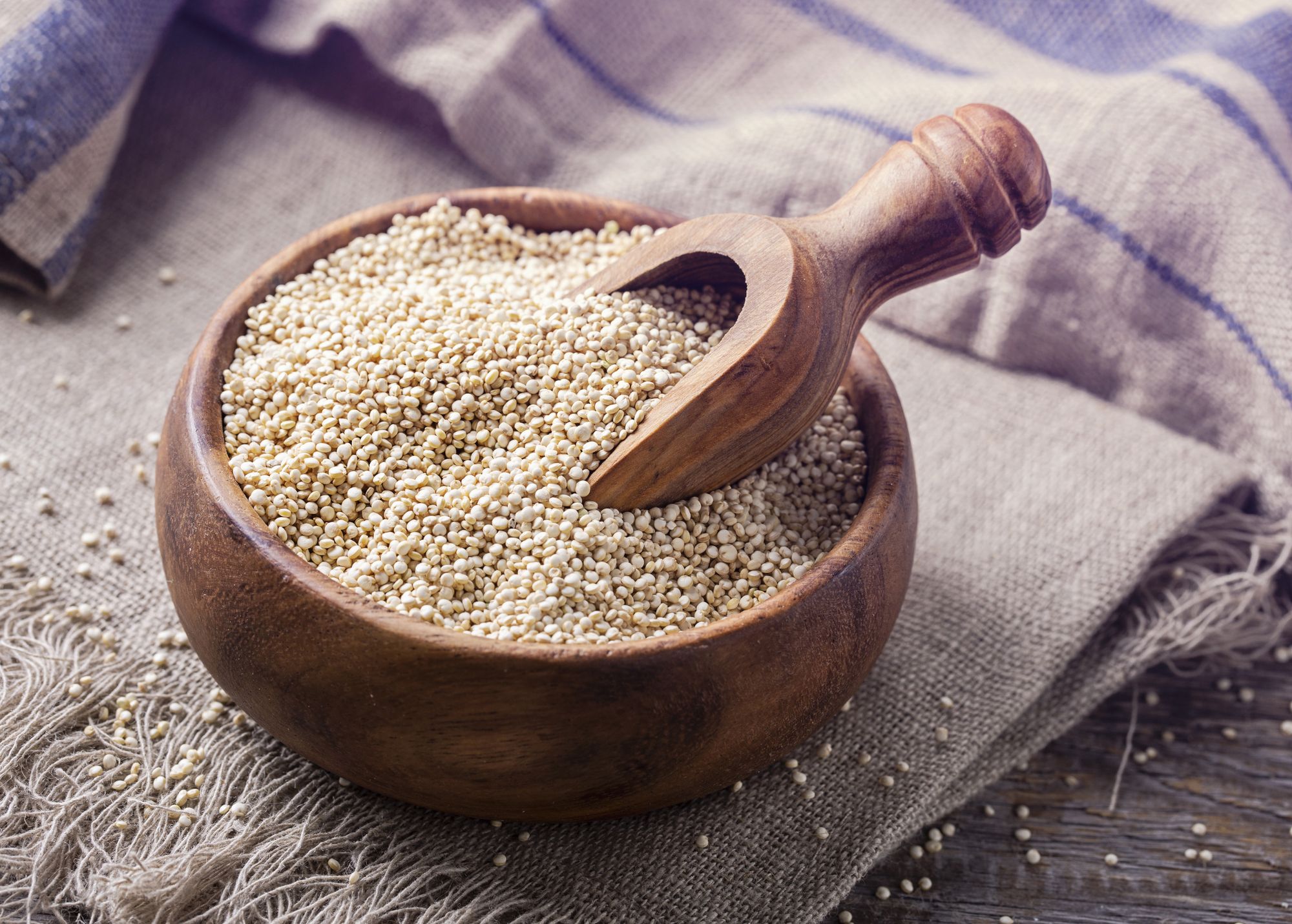
Fiber per 1 cup serving: 5.2 grams.
Quinoa is a highly recommended source of healthy fiber. A single cup of cooked quinoa packs over 5 grams of both soluble and insoluble fiber. As Amy Goodson points out, quinoa isn't just a fiber powerhouse; it's also a complete protein, providing all essential amino acids.
Additionally, the fiber in quinoa supports digestive health, aids in regulating blood sugar levels, and can be beneficial for weight management.
Quinoa is rich in plant compounds that function as antioxidants and have been shown to possess anti-inflammatory properties.
Versatile in the kitchen, quinoa can replace rice in various dishes, be a nutritious addition to salads, or be cooked with milk, maple syrup, and fruit for a deliciously sweet breakfast option.
7) Black Beans

Fiber per 1/2 cup serving: 8.3 grams.
Black beans are an excellent choice for a fiber-rich diet. They're not only tasty and economical but also versatile in various dishes.
Amy Goodson points out that black beans are abundant in both soluble and insoluble fiber, offering about 15 grams per cooked cup. This fiber content aids in digestive health, helps stabilize blood sugar levels, and reduces the risk of heart disease.
Besides fiber, Goodson notes that black beans are also a good source of protein, vitamins, and minerals. Specifically, a serving provides over 7 grams of protein and 2.3 grams of iron, accounting for 13% of the daily value. They are also rich in powerful antioxidants, particularly anthocyanins, which are linked to a reduced risk of disease and inflammation.
8) Pistachios

Fiber per 1-ounce serving: 3 grams
Pistachios stand out as a top choice for a healthy fiber-rich snack. Lauren Manaker, MS, RDN, emphasizes their nutritional profile, noting that they are a natural fiber source, provide beneficial fats, and are a complete plant-based protein source.
Being a "complete protein" means pistachios contain all nine essential amino acids necessary for protein synthesis. The journal Nutrients highlights that the amino acid profile of pistachios is on par with that of beef and chicken.
Furthermore, Manaker points out that pistachios excel in their antioxidant capacity, ranking among the highest compared to foods known for their antioxidants, such as blueberries, pomegranates, cherries, and beets. This makes them an exceptionally nutritious option.
9) Lentils (and other pulses)
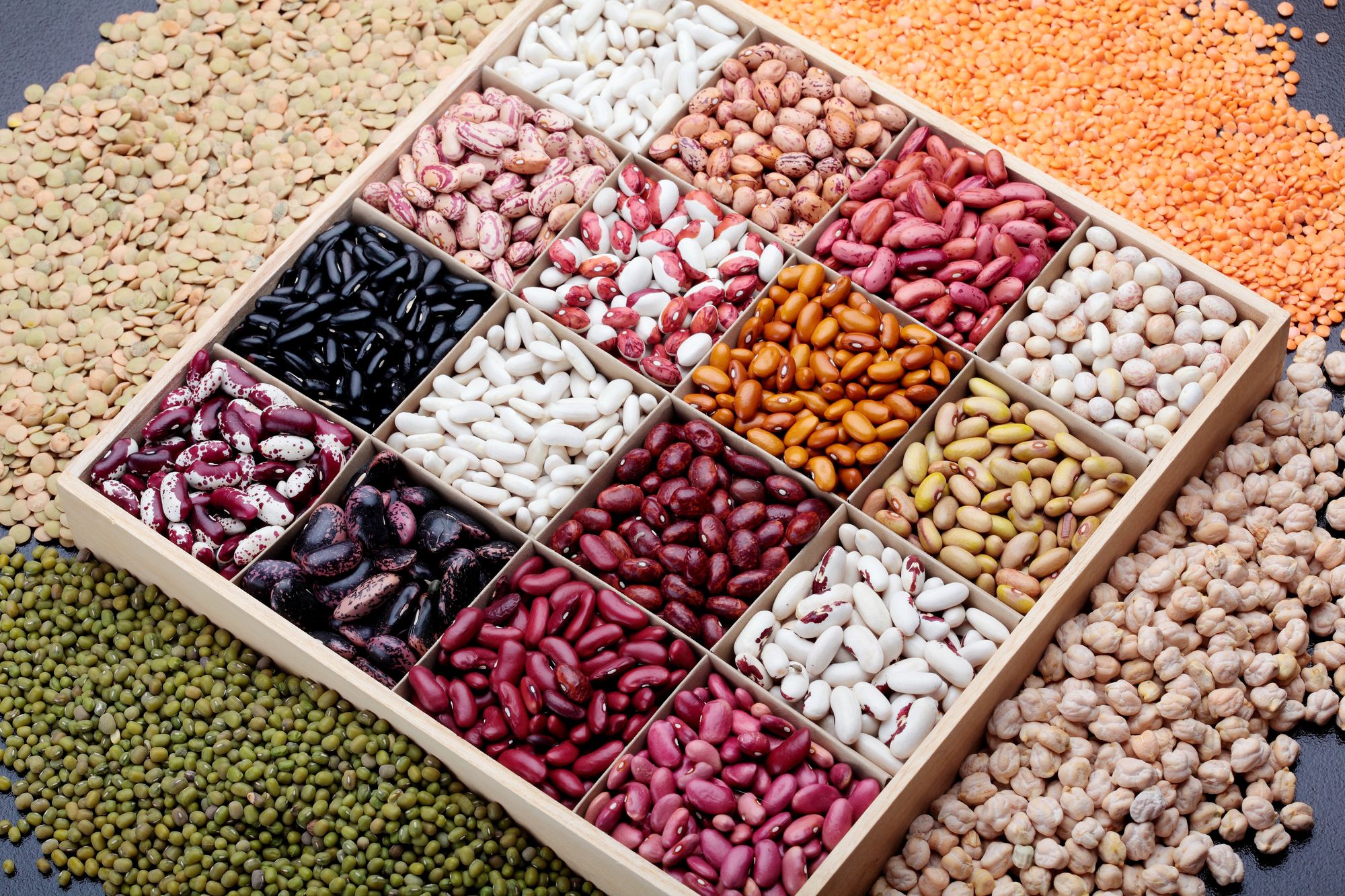
Fiber per 1/2 cup serving of lentils: 7.8 grams
Pulses, encompassing beans, lentils, and chickpeas, are a significant food group.
Manaker highlights their role, especially in vegetarian and vegan diets, heart-healthy diets, and more, owing to their high protein and fiber content. She emphasizes that pulses are not only nutritious but also environmentally sustainable, and are rich in fiber, protein, folate, potassium, and iron.
Lentils stand out with nearly 8 grams of fiber per serving. Research suggests that lentils can aid in preventing high blood pressure and that their polyphenols may reduce the risk of chronic diseases.
To reap the benefits of lentils, they can be used as a base in protein-rich bowls or in a simple lentil soup combined with vegetables and meat.
10) Avocado
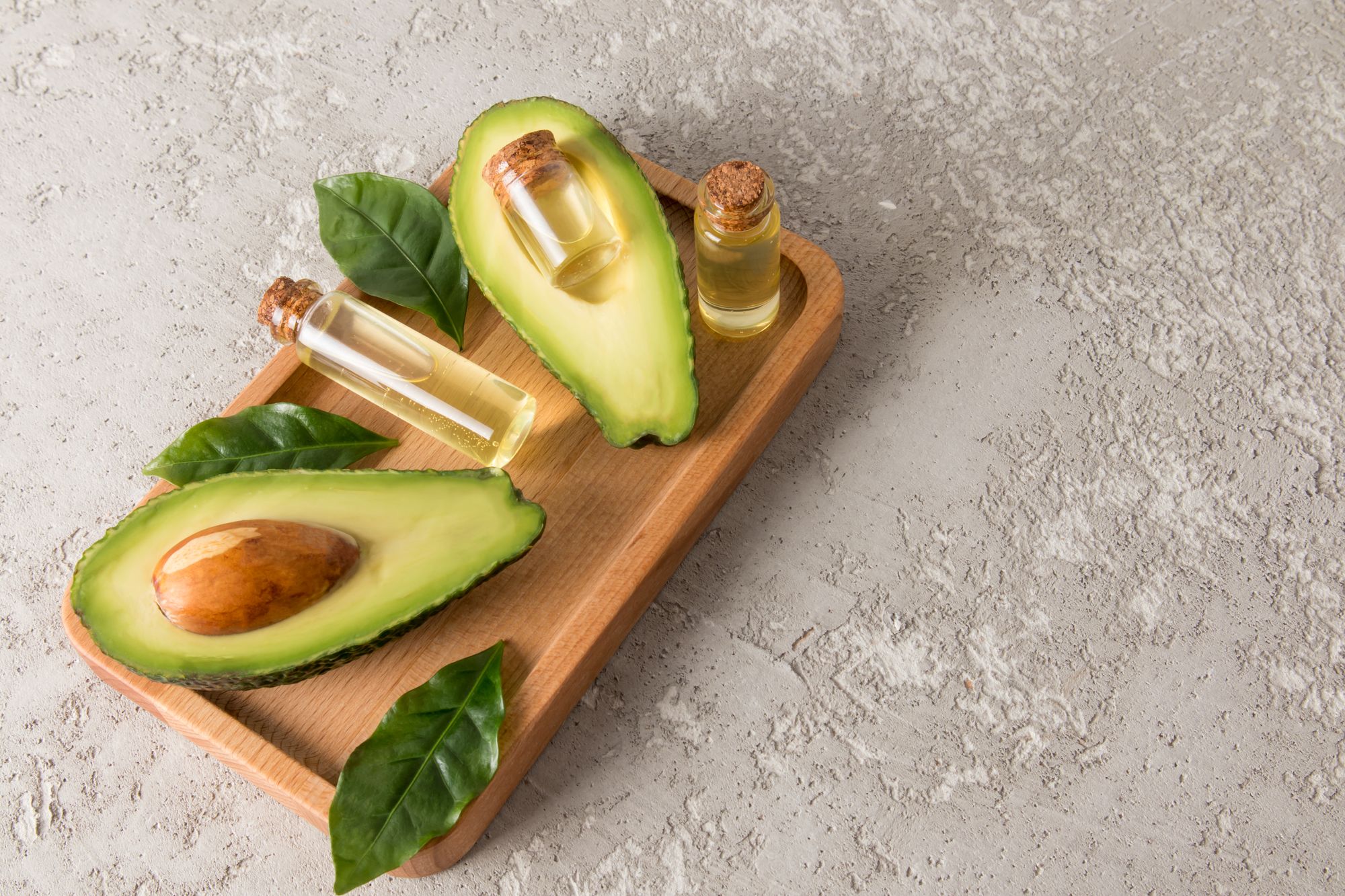
Fiber per 50-gram serving: 3.4 grams.
Avocados, versatile as a spread, guacamole base, or taco topping, are not only a nutrient-rich superfood but also a healthy source of fiber.
Manaker notes that avocados contain both soluble and insoluble fiber types and are low in sugar compared to many fruits.
Besides their fiber content, avocados are beneficial for gut health. A 2021 study in the Journal of Nutrition highlighted that avocado consumption enhanced gut health and bacterial diversity.
Amy Goodson also regards avocados as a top fiber source. She mentions that their fiber content aids in promoting fullness and supports digestive health. Additionally, avocados are rich in heart-healthy monounsaturated fats, vitamins, and minerals.

